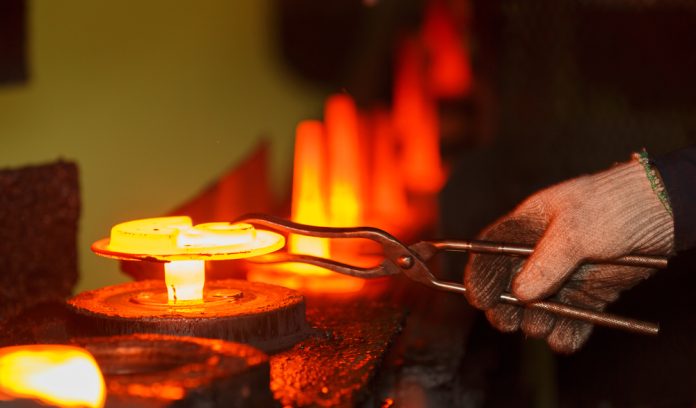Sand casting has been a cornerstone of manufacturing for centuries, enabling the creation of intricate metal components with relative ease. In recent times, advancements in materials science have led to the development of innovative sands that revolutionize the traditional sand casting process. This article delves into the realm of sand casting, highlighting the role of these innovative sands in pushing the boundaries of prototype casting solutions.
The Foundation of Sand Casting:
Sand casting is a technique that involves using sand as a mold material to create metal castings. It is a versatile and cost-effective method that has found applications in various industries, ranging from automotive to aerospace. The process begins with crafting a pattern, which is used to create the mold cavity. Molten metal is then poured into the mold, solidifying into the desired shape.
Traditional Sand Casting Challenges:
While traditional sand casting is widely used, it comes with its own set of challenges. One of the primary concerns is the quality of the mold itself. Traditional sand molds are prone to defects, such as sand inclusions, surface imperfections, and dimensional inaccuracies. Additionally, the process can be time-consuming, requiring extensive finishing and post-processing to achieve the desired specifications.

Enter Innovative Sands:
In recent years, research and development efforts have led to the emergence of innovative sands that address the limitations of traditional sand casting. These sands are engineered to provide improved mold properties, better dimensional accuracy, and reduced defects. Two types of innovative sands making significant strides are:
- Advanced Binder Systems: Conventional sand casting uses binders to hold the sand grains together and create the mold. Innovative binder systems, including organic and inorganic binders, offer enhanced properties such as better mold strength, reduced gas generation, and improved surface finish.
- Additive Manufacturing (3D Printing) Sand: Additive manufacturing has transformed various industries, and sand casting is no exception. 3D-printed sand molds offer unparalleled design freedom and intricate detailing, enabling the production of complex prototypes with precision.
Benefits of Innovative Sands in Prototype Casting:
- Enhanced Accuracy: Innovative sands contribute to higher dimensional accuracy and improved surface finish, reducing the need for extensive post-casting finishing.
- Reduced Defects: Advanced binder systems minimize defects such as gas porosity, sand inclusions, and mold erosion, leading to higher-quality castings.
- Faster Prototyping: 3D-printed sand molds drastically reduce the lead time required for producing molds, accelerating the prototyping process.
- Complex Geometry: The design flexibility offered by additive manufacturing sand molds enables the creation of intricate and complex geometries that were previously challenging to achieve through traditional methods.
Applications and Future Prospects:
The integration of innovative sands in sand casting has expanded its applications. Industries such as automotive, aerospace, and medical device manufacturing are embracing these advancements to produce high-quality prototypes and small-scale production runs. Moreover, the ongoing research in material science promises even more improvements in terms of mold durability, casting speed, and material compatibility.
Conclusion:
As the manufacturing landscape continues to evolve, sand casting remains a vital technique for producing prototypes and small batches of metal components. The introduction of innovative sands has revitalized this age-old method, addressing its limitations and opening doors to new possibilities.
Whether through advanced binder systems or 3D-printed sand molds, these innovations are redefining the art of sand casting, enabling the creation of cutting-edge prototypes with unparalleled precision and quality. The journey of sand casting is far from over, with ongoing advancements ensuring that the technique remains a cornerstone of modern manufacturing.











